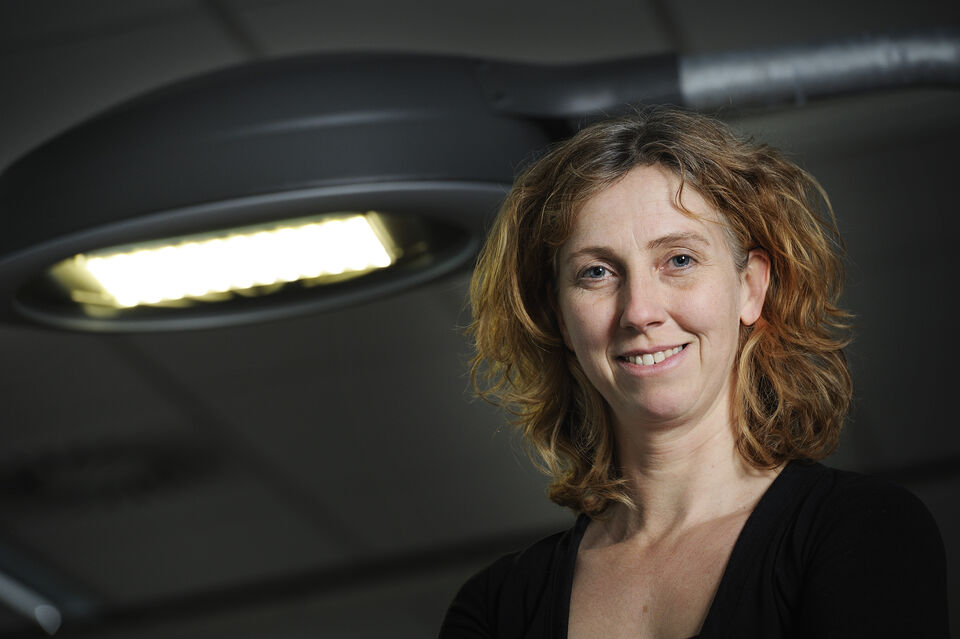Brainmatters | Lightheaded
The irony: my previous column sung an ode to spring and immediately winter kicked in again. But I desperately need spring; especially I need its light. Although the light in Dutch paintings is famous, it is only rarely valued to its full extent in daily life.
And yet it is light that made life on this planet possible and it is light that imprinted its 24-hour rhythm on all living organisms. This rhythm is programmed in our DNA and now we cannot do without. Better yet, its dosage and timing still substantially impact our cognitive and emotional functioning and our health.
With spring’s increasing amounts of light we cast off our seasonal depression. But light does so much more than this. It makes us happy, alert and healthy, it even saves lives. Perhaps the most convincing demonstration for this is a Canadian study by Beauchemin and Hays from 1998. For four years they tracked patients’ recovery in cardiac intensive care units and consistently reported lower mortality rates in rooms on the sunny side of the building compared to those on the dull side. Female patients appeared particularly sensitive to their room’s orientation. The exact cause of this effect is still subject to debate. Synchronization of the biological clock and sleep quality are likely candidates, but the underlying mechanism may have also been more affective in nature. But the numbers speak for themselves: away with any mechanistic perspective on health care. Healing is not the simple sum of surgery plus medication; it involves body and mind, and a healthy environment. Light is most certainly a crucial feature of such a healing environment.
But one does not need to stare death in the face to enjoy light’s healing potential. Karin Smolders, researcher at HTI and the Intelligent Lighting Institute (ILI), had young, healthy students and employees wear a light sensor at the eye for three consecutive days, while they also reported their mood and alertness on an hourly basis. Again the results were convincing: the more light each had been exposed to the previous hour, the more vital they felt. And this is only one of the wonderful workings of light: just stop by ILI and Brainmatters | Lightheadedsee.
Yvonne de Kort is associate professor environmental psychology at Human Technology Interaction, department IE&IS


Discussion